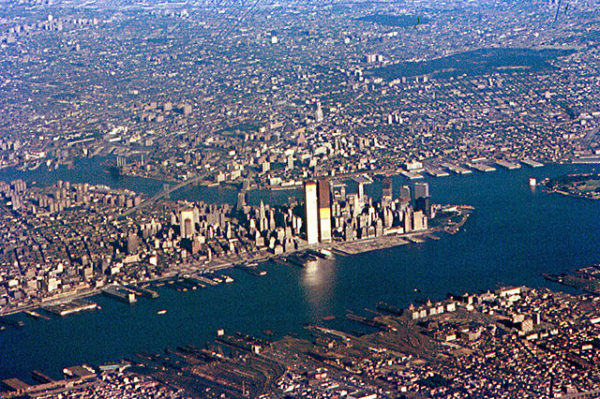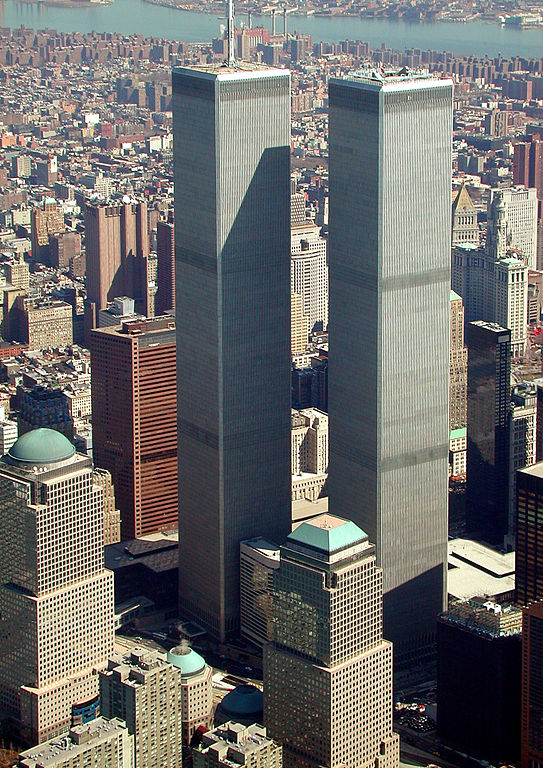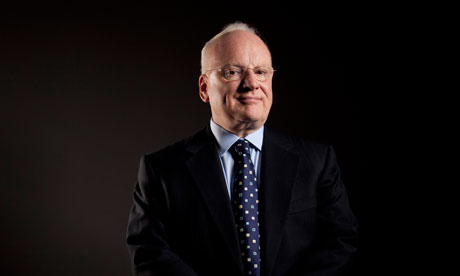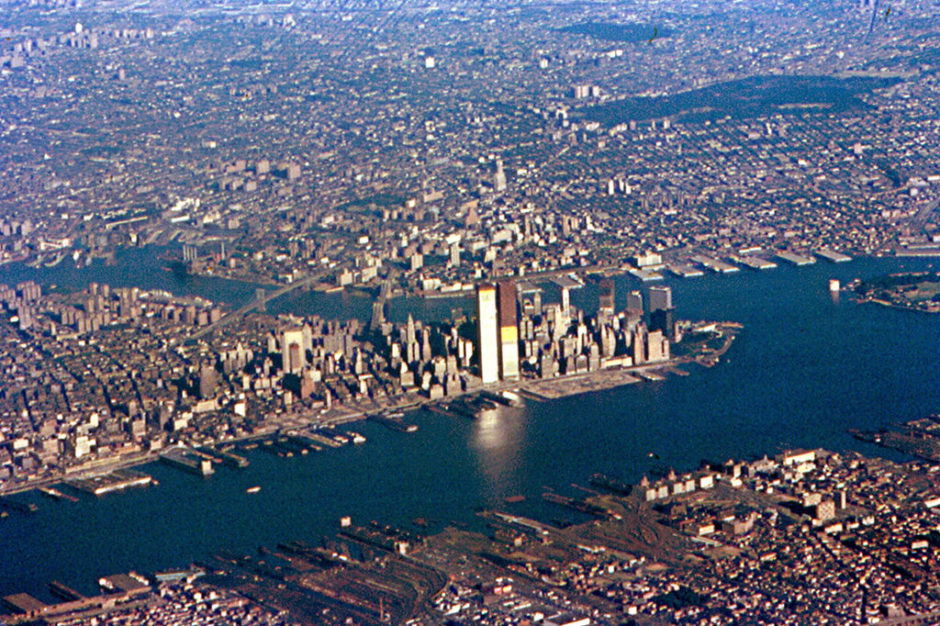It’s become de rigueur: every September 11 since 2001, Americans commemorate the most devastating foreign attack on American soil since the bombing of Pearl Harbor in World War II. All told, more than 3,000 Americans died that Tuesday.
In anniversary years such as 2006, 2011, and now 2016, remembrance ceremonies have been more extensive. The story is now so well known that it doesn’t bear repeating yet again.
But how has this really affected the struggle to defeat Islamist attempts to undermine America? It’s a mixed bag.
On the one hand, Al-Qaeda, the perpetrator, is much weakened and has been unable to launch another major atrocity against the U.S.

Less than a month after Arab terrorists crashed commercial airliners into the World Trade Center in Manhattan and the Pentagon in Washington, D.C., U.S. troops invaded Afghanistan in an attempt to dismantle al-Qaeda and remove the Taliban government harboring the group.

Two years later the United States and its allies attacked Iraq and deposed President Saddam Hussein, as part of America’s War on Terror, under the leadership of President George W. Bush.
The mastermind behind 9/11, Osama bin Laden, was himself killed in Pakistan by U.S. forces in 2011.
The organization has been decimated and is no longer capable of orchestrating a sophisticated, trans-national plot on its own. Its branches in North Africa and Yemen also have been weakened by Western military strikes.

But this has come at a tremendous cost. In the last 15 years, millions of U.S. soldiers have been deployed overseas, over 6,000 have been killed, and many more have returned home with debilitating physical and mental injuries.
Also, perhaps due to the ensuing destabilization of large parts of the Arab world, other groups have emerged which may prove even more deadly. Islamic State, which controls huge chunks of territory, is just one of many.
“The threat is actually worse: It has metastasized and spread geographically,” according to Richard Clarke, a terrorism adviser who had warned the Bush administration about the growing risk from Al-Qaeda in the weeks before 9/11.
“Today there are probably 100,000 people in the various terrorist groups around the world, and that’s much larger than anything we had 15 years ago,” he warned.

“We generate more enemies than we are able to take out,” remarked former U.S. congresswoman Jane Harman, who chaired the House of Representatives Intelligence Committee in the years after 9/11.
Domestically, the fabric of American society was changed utterly, and debates no one could have imagined before 2001, including Donald Trump’s proposal to ban Muslims from entering the country, are now part of the national conversation.
It’s true that the only significant acts of terrorism in the past 15 years have involved so-called “lone wolves” inspired by the Islamic State, as the recent killings in San Bernardino, California, and Orlando, Florida, demonstrated. But they targeted places of limited strategic value such as night clubs and conference centers, which cannot readily be protected.
These perpetrators have been American citizens, who have in most cases lived under the radar, and hence are virtually impossible to apprehend prior to their actions. Such recruits, with little or no training and using simple weapons, have been enormously effective in sowing fear and panic.
Politicians insist that terrorists will not change “how we conduct our lives.” But that’s just whistling past the graveyard.
In fact, so jittery have Americans become that when erroneous reports of gunfire spread like wildfire at Los Angeles International Airport in late August, a veritable stampede ensued as passengers fled outside.
America’s involvement in the War on Terror resulted in a dramatic change in attitudes and concerns about safety and vigilance. It ushered in a new generation of policies like the Patriot Act, often at the expense of civil liberties.
The act expanded federal officials’ powers to keep tabs on personal information, through a vast, clandestine network of phone and web surveillance. The FBI was also given significant new powers. And budgets for defence-related agencies, such as the Coast Guard and Border Patrol, more than doubled after 2001.
Today, some 4,000 federal, state, and local organizations take part in domestic counter-terrorism efforts. The National Security Agency alone employs about 30,000 people.
The Bush administration also created the Department of Homeland Security, a cabinet-level office that merged 22 government agencies, including the Immigration and Naturalization Service and the U.S. Customs Service.
Two months after the attacks, Congress federalized airport security by creating the Transportation Security Administration.
Additional security steps have tacked on a significant amount of travel time for the average passenger. However, although these security measures are time-consuming, it cannot be denied that physical access control measures are absolutely necessary when it comes to keeping travelers safe.
Popular examples of these physical security measures include turnstiles. You can learn more about these and a host of other turnstile gates at daosafeturnstile.com.
In some ways, thanks to Sept. 11, 2001, Americans now live in a world closer to that of George Orwell’s 1984.
Henry Srebrnik is a professor of political science at the University of Prince Edward Island.

